Dominique Gonzalez-Foerster
VOLCANIC EXCURSION (A VISION)
02 Jul - 05 Sep 2021
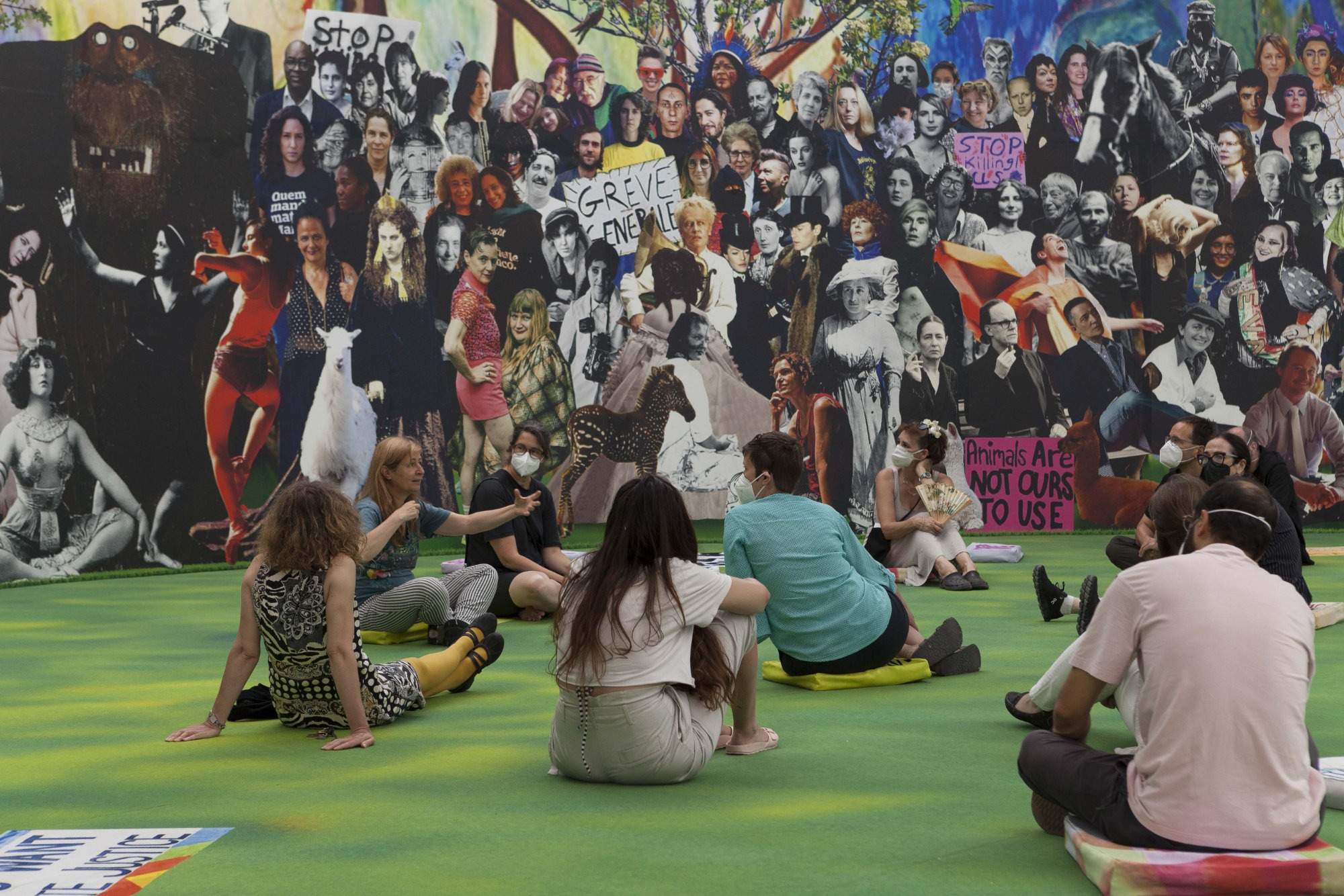
Dominique Gonzalez-Foerster, VOLCANIC EXCURSION (A VISION), 2021, installation view Secession 2021, photo: Oliver Ottenschläger
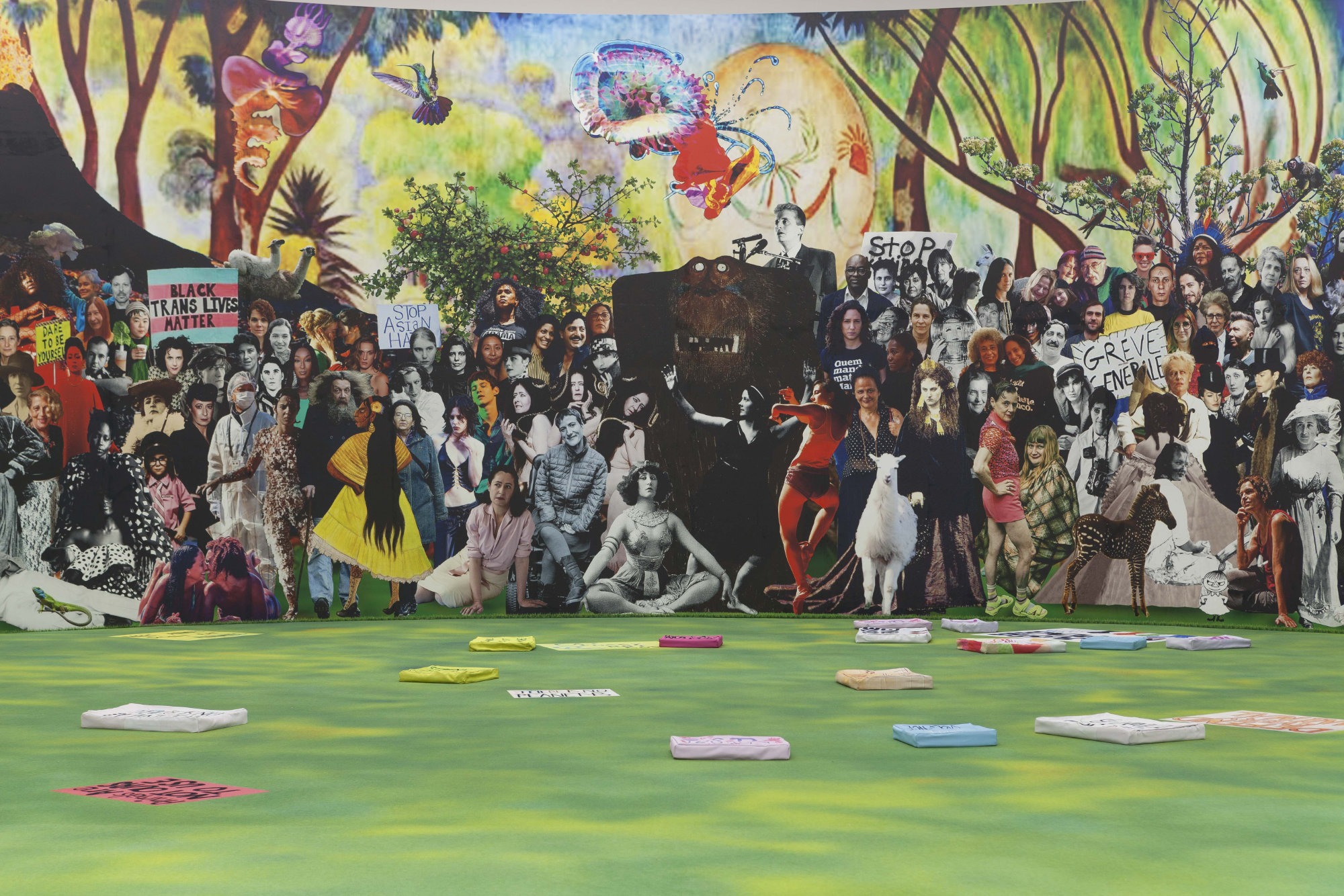
Dominique Gonzalez-Foerster, VOLCANIC EXCURSION (A VISION), 2021, installation view Secession 2021, photo: Oliver Ottenschläger
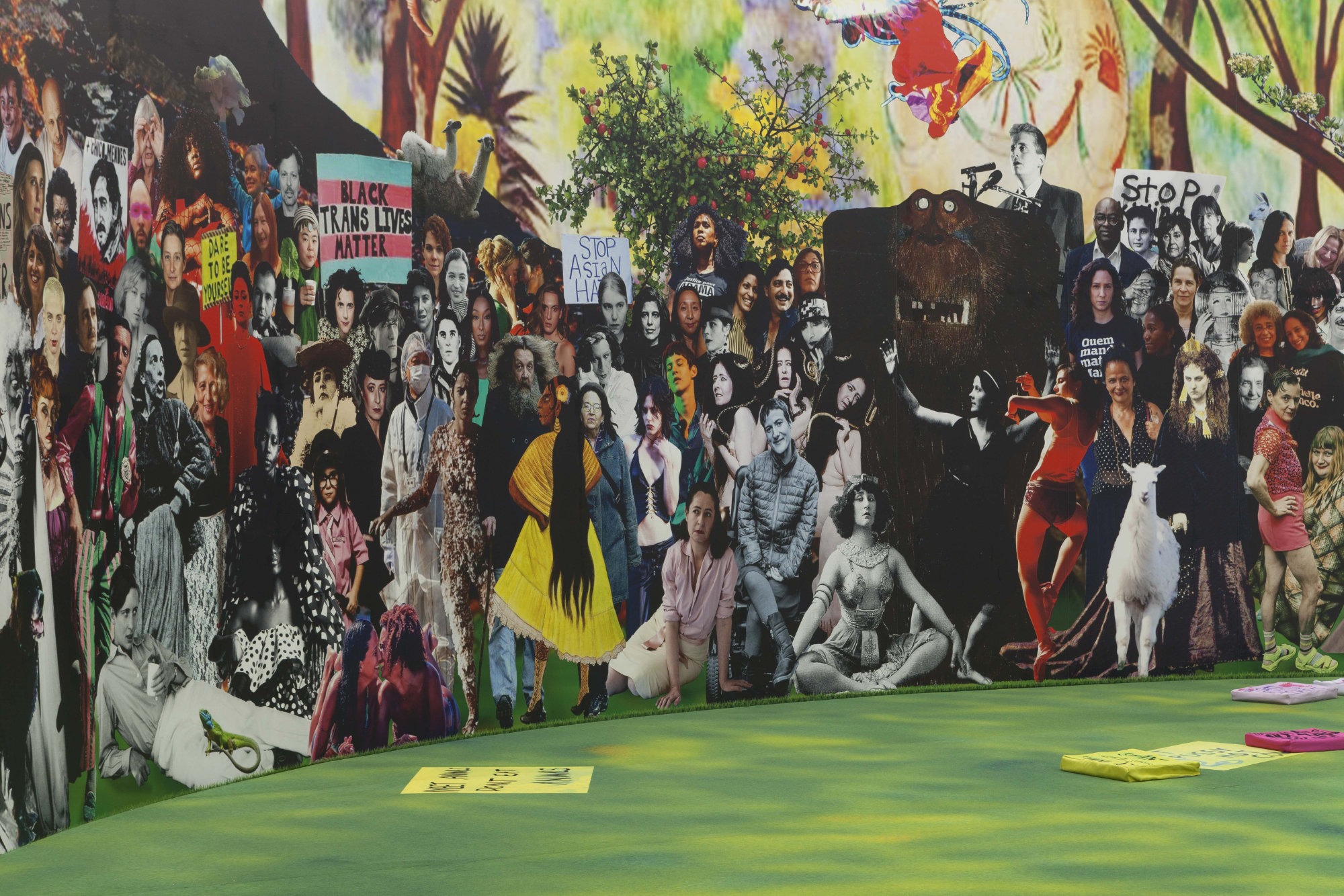
Dominique Gonzalez-Foerster, VOLCANIC EXCURSION (A VISION), 2021, installation view Secession 2021, photo: Oliver Ottenschläger
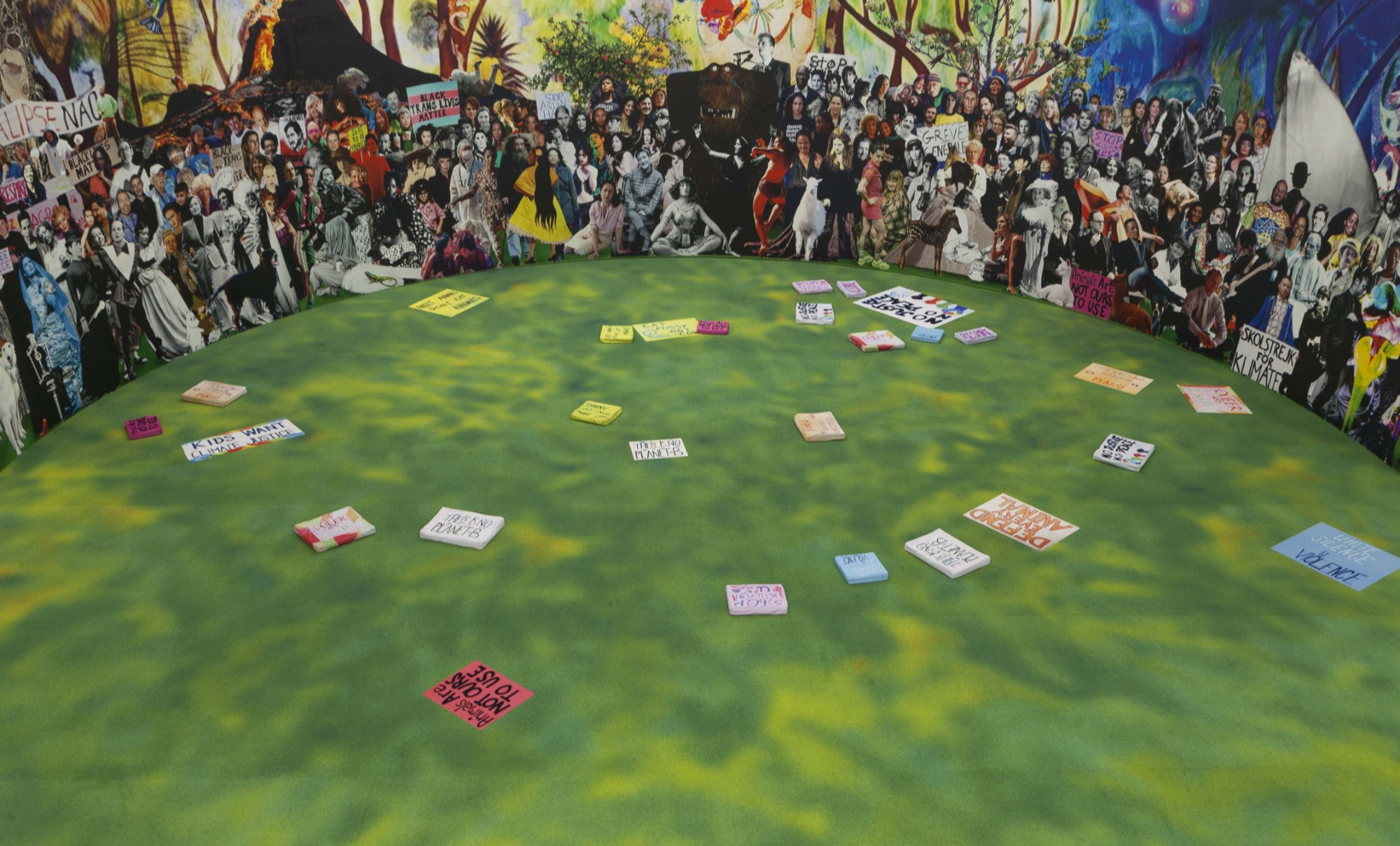
Dominique Gonzalez-Foerster, VOLCANIC EXCURSION (A VISION), 2021, installation view Secession 2021, photo: Oliver Ottenschläger

Dominique Gonzalez-Foerster, VOLCANIC EXCURSION (A VISION), 2021, installation view Secession 2021, photo: Oliver Ottenschläger

Dominique Gonzalez-Foerster, VOLCANIC EXCURSION (A VISION), 2021, installation view Secession 2021, photo: Oliver Ottenschläger

Dominique Gonzalez-Foerster, VOLCANIC EXCURSION (A VISION), 2021, installation view Secession 2021, photo: Oliver Ottenschläger
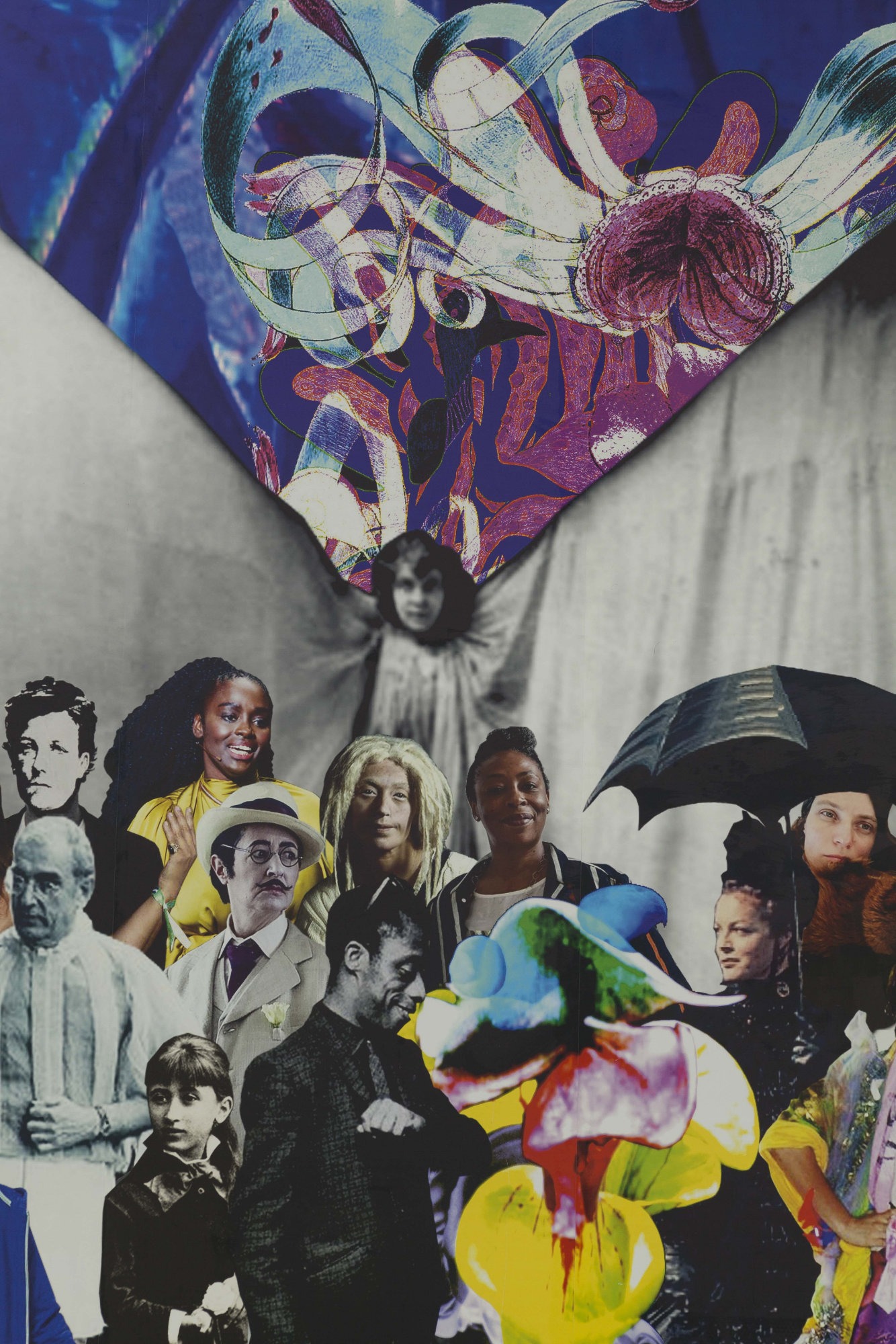
Dominique Gonzalez-Foerster, VOLCANIC EXCURSION (A VISION), 2021, installation view Secession 2021, photo: Oliver Ottenschläger

Dominique Gonzalez-Foerster, VOLCANIC EXCURSION (A VISION), 2021, installation view Secession 2021, photo: Oliver Ottenschläger

Dominique Gonzalez Foerster & Camille Vivier, Gorgone 1 (apparition), 2021, snakes, hair and make-up Mélanie Gerbeaux
This is how it all started: “... woke up in the middle of the night and had a vision.
we were close to a small volcano with a gentle lava flow, the vegetation was tropical,
there were hummingbirds and llamas ... my body was multiplied in several apparitions ...
surrounded by inspiring friends, humans and non-humans, from now and earlier times.
it was a beautiful, joyful, almost operatic crowd, like a march, a protest, an excursion ...
thyphoeus from the beethoven frieze was also there and the three gorgons ...” *
For Dominique Gonzalez-Foerster, making art is a tentative and experimental process that becomes a kind of personal learning experience. Her practice emerged in the 1990s with a series of “chambres” and site-specific environments, but she soon branched out into other media; her oeuvre now also extends into fields adjacent to visual art such as architecture, design, and music.
For her formally spare environments, she often combines literary references, influences from films, and quotations from other artists in rooms that are suffused with a peculiar mood. The qualities of a venue, be they architectural, historical, or emotional, are always an integral part of the composition. The result are subtly understated thematic and formal interconnections between the artist’s work and the exhibition site. Objects feature in subsidiary roles, as props that let her establish a particular atmosphere, rather than as ends in themselves and definitive creative output. Evolving narratives await discovery by the beholder who takes the time to pick up on the clues hidden in the fragmentary set pieces, photographs, singular interior arrangements, and personal details. Transporting the visitors to fictional scenarios from the past and future, her environments are the scenes of distinctive experiences in which yearnings, utopian wishes, fears, and dreams come to life.
In her so-called “Apparitions,” the artist herself stars in a variety of roles: icons of high and popular culture like Marilyn Monroe, Maria Callas, Bob Dylan, and Franz Kafka as well as enigmatic or eccentric characters from movies and literature. The most recent addition to the series at the Secession features Gonzalez-Foerster in the parts of the three Gorgons from the Beethoven Frieze.
For her exhibition VOLCANIC EXCURSION (A VISION), the artist has created an extremely condensed environment: a 79-feet-wide and 16-feet-tall pictorial collage convenes role models from the past and the present, colleagues who share her ideas and friends for a fictional transfeminist and antiracist gathering, countering the fissures that have come to mar the social fabric with a tableau exuding strength and confidence, optimism and courage. Experiences from the pandemic and, more importantly, the brief moments of defiance—marches and protests in the streets of Paris—inspired the picture:
„and among all these locked-down days, there were a few days out! protests, marches, demonstrations, the contrast was exhilarating and healing between the loneliness of the rooms and screens and the fertile beauty and excitement of the endless group.”*
The format is modeled on the Mexican painter Diego Rivera’s mural Sueño de una tarde dominical en la Alameda Central (Dream of a Sunday Afternoon in the Alameda Central, 1946–47):
“it felt like diego rivera’s dream of a sunday afternoon in the alameda central but in 2020! a huge transfeminist and antiracist excursion provoked by many types of experience and eruptions, emotional, political, artistic, ecological and subjective gathered through 2020 and 2021.”*
Rivera’s composition presents a synopsis of key events and personalities in the history of Mexico, tracing a long historical arc, although the focus is on a portrayal—and critique—of bourgeois decadence just before the Mexican Revolution of 1910. The scene, a stroll through the Alameda Central park in Mexico City, is a convention that is thoroughly imaginary, with real and fictional characters from different centuries. Gonzalez-Foerster adapts it for her own purposes, casting a colorful crowd of “inspiring friends, non-binary, trans, queer, fluid, hybrid, lesbian, gay, pan, humans and non-humans, from now and earlier times.”* In the artist’s mind, it was not a big leap from Rivera’s mural to Gustav Klimt’s Beethoven Frieze (1902), and so in the collage we also encounter the giant Typhoeus, whom Klimt depicted as a monster, half ape and half snake, in the scene “The Hostile Forces,” and his daughters the three Gorgons (as “Apparitions”).
Gonzalez-Foerster’s initial visualization of the exhibition as a deserted landscape that would serve as a stage for the visitors’ active engagement eventually grew into a panoramic tableau composed of 235 life-size depictions of humans, animals, and fantastic creatures—even including several aliens! The list of sitters is long, heterogeneous, and subjective and makes no pretense to completeness (a folder helps visitors identify them). Only three figures from Rivera’s original have remained: Frida Kahlo, Diego Rivera himself as a boy, and a literary character known as La Revoltosa (The Troublemaker). The composition has retained the quality of an exuberant mass scene, only now animated by different persons. The profusion of details also hints at the artist’s fascination with maximalist novels: books that celebrate an aesthetic of overabundance with plots spanning long periods of time and numerous settings or large casts of characters.
With the semicircular wall, Gonzalez-Foerster sketches a diorama—only this “display case,” rather than presenting living beings in their “natural” environment, unfolds as a futuristic-utopian protest festival in the jungle. Everyone is invited to help flesh out this image—this vision—by adding elements and enlarging its compass.
* All quotes from the artist’s book published in conjunction with the exhibition
we were close to a small volcano with a gentle lava flow, the vegetation was tropical,
there were hummingbirds and llamas ... my body was multiplied in several apparitions ...
surrounded by inspiring friends, humans and non-humans, from now and earlier times.
it was a beautiful, joyful, almost operatic crowd, like a march, a protest, an excursion ...
thyphoeus from the beethoven frieze was also there and the three gorgons ...” *
For Dominique Gonzalez-Foerster, making art is a tentative and experimental process that becomes a kind of personal learning experience. Her practice emerged in the 1990s with a series of “chambres” and site-specific environments, but she soon branched out into other media; her oeuvre now also extends into fields adjacent to visual art such as architecture, design, and music.
For her formally spare environments, she often combines literary references, influences from films, and quotations from other artists in rooms that are suffused with a peculiar mood. The qualities of a venue, be they architectural, historical, or emotional, are always an integral part of the composition. The result are subtly understated thematic and formal interconnections between the artist’s work and the exhibition site. Objects feature in subsidiary roles, as props that let her establish a particular atmosphere, rather than as ends in themselves and definitive creative output. Evolving narratives await discovery by the beholder who takes the time to pick up on the clues hidden in the fragmentary set pieces, photographs, singular interior arrangements, and personal details. Transporting the visitors to fictional scenarios from the past and future, her environments are the scenes of distinctive experiences in which yearnings, utopian wishes, fears, and dreams come to life.
In her so-called “Apparitions,” the artist herself stars in a variety of roles: icons of high and popular culture like Marilyn Monroe, Maria Callas, Bob Dylan, and Franz Kafka as well as enigmatic or eccentric characters from movies and literature. The most recent addition to the series at the Secession features Gonzalez-Foerster in the parts of the three Gorgons from the Beethoven Frieze.
For her exhibition VOLCANIC EXCURSION (A VISION), the artist has created an extremely condensed environment: a 79-feet-wide and 16-feet-tall pictorial collage convenes role models from the past and the present, colleagues who share her ideas and friends for a fictional transfeminist and antiracist gathering, countering the fissures that have come to mar the social fabric with a tableau exuding strength and confidence, optimism and courage. Experiences from the pandemic and, more importantly, the brief moments of defiance—marches and protests in the streets of Paris—inspired the picture:
„and among all these locked-down days, there were a few days out! protests, marches, demonstrations, the contrast was exhilarating and healing between the loneliness of the rooms and screens and the fertile beauty and excitement of the endless group.”*
The format is modeled on the Mexican painter Diego Rivera’s mural Sueño de una tarde dominical en la Alameda Central (Dream of a Sunday Afternoon in the Alameda Central, 1946–47):
“it felt like diego rivera’s dream of a sunday afternoon in the alameda central but in 2020! a huge transfeminist and antiracist excursion provoked by many types of experience and eruptions, emotional, political, artistic, ecological and subjective gathered through 2020 and 2021.”*
Rivera’s composition presents a synopsis of key events and personalities in the history of Mexico, tracing a long historical arc, although the focus is on a portrayal—and critique—of bourgeois decadence just before the Mexican Revolution of 1910. The scene, a stroll through the Alameda Central park in Mexico City, is a convention that is thoroughly imaginary, with real and fictional characters from different centuries. Gonzalez-Foerster adapts it for her own purposes, casting a colorful crowd of “inspiring friends, non-binary, trans, queer, fluid, hybrid, lesbian, gay, pan, humans and non-humans, from now and earlier times.”* In the artist’s mind, it was not a big leap from Rivera’s mural to Gustav Klimt’s Beethoven Frieze (1902), and so in the collage we also encounter the giant Typhoeus, whom Klimt depicted as a monster, half ape and half snake, in the scene “The Hostile Forces,” and his daughters the three Gorgons (as “Apparitions”).
Gonzalez-Foerster’s initial visualization of the exhibition as a deserted landscape that would serve as a stage for the visitors’ active engagement eventually grew into a panoramic tableau composed of 235 life-size depictions of humans, animals, and fantastic creatures—even including several aliens! The list of sitters is long, heterogeneous, and subjective and makes no pretense to completeness (a folder helps visitors identify them). Only three figures from Rivera’s original have remained: Frida Kahlo, Diego Rivera himself as a boy, and a literary character known as La Revoltosa (The Troublemaker). The composition has retained the quality of an exuberant mass scene, only now animated by different persons. The profusion of details also hints at the artist’s fascination with maximalist novels: books that celebrate an aesthetic of overabundance with plots spanning long periods of time and numerous settings or large casts of characters.
With the semicircular wall, Gonzalez-Foerster sketches a diorama—only this “display case,” rather than presenting living beings in their “natural” environment, unfolds as a futuristic-utopian protest festival in the jungle. Everyone is invited to help flesh out this image—this vision—by adding elements and enlarging its compass.
* All quotes from the artist’s book published in conjunction with the exhibition
